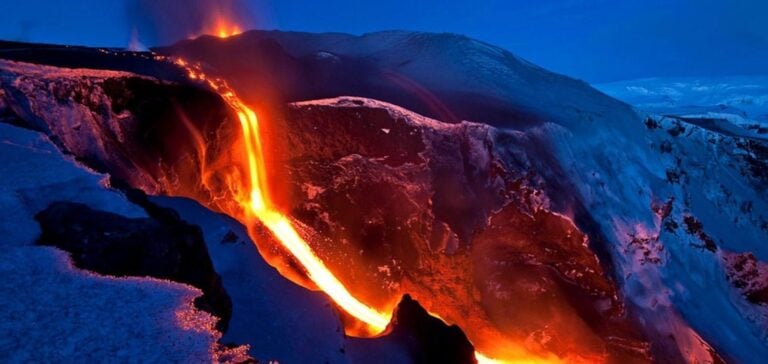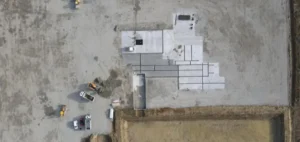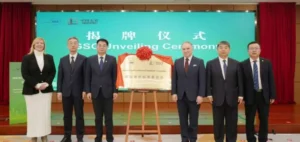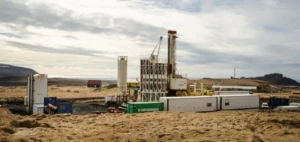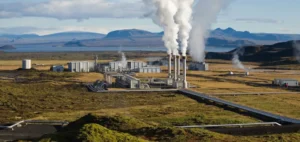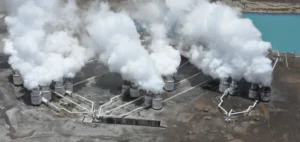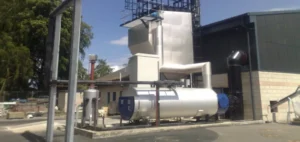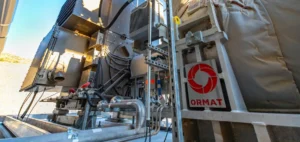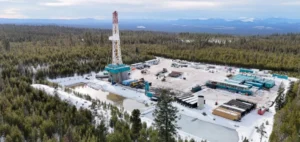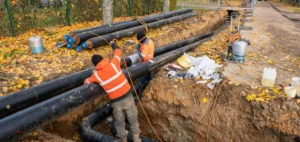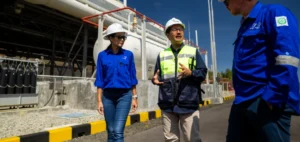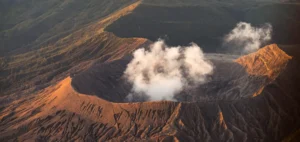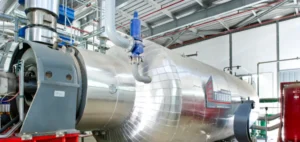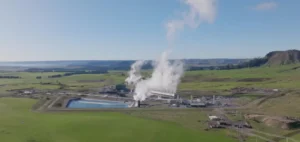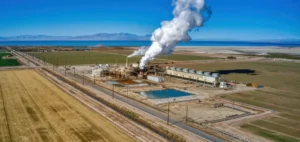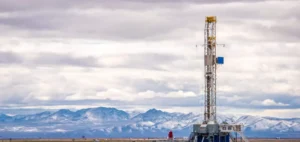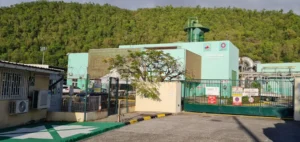Despite promising beginnings in the 1970s, geothermal development in Hawaii has faced many obstacles, from environmental controversies to the unique technical challenges associated with its island location. However, recent commitments to clean energy have rekindled interest in this abundant natural resource. Stanford’s geothermal program director, Roland Horne, points out that the islands, particularly the Grande Île, are brimming with untapped potential, ready to be rediscovered.
Innovative projects to meet connectivity challenges
The isolation of Hawaii’s power grids poses a major challenge, with each island operating independently. Submarine cables, although technically feasible, have proved too costly in the past. Today, alternative solutions such as hydrogen and local development are being explored to overcome these obstacles. Mike Kaleikini of Ormat, which manages the Puna geothermal power plant, is optimistic that these barriers can be overcome through further research and public acceptance.
A new era of research and development
Geologist Nicole Lautze, with support from the U.S. Department of Energy, is conducting a series of explorations on less volcanically active islands such as Lanai and Maui, where the reception has been unexpected but positive. These efforts could potentially transform the perception of geothermal energy in Hawaii and stimulate local development, with significant economic benefits for communities.
Geothermal energy: a sustainable solution to the climate emergency
Faced with increasing dependence on fossil fuels and rising energy costs, Hawaii is at a crucial turning point. Geothermal energy, offering continuous energy regardless of weather conditions, could play a key role in achieving the state’s sustainability goals. The potential of this clean, under-utilized energy is now recognized as an essential component of Hawaii’s energy strategy.
Recent initiatives to revitalize Hawaii’s geothermal industry represent more than a response to an energy crisis; they symbolize a movement towards sustainable, environmentally-friendly self-sufficiency. As the state moves forward, the lessons learned can benefit other regions of the world facing similar challenges.


